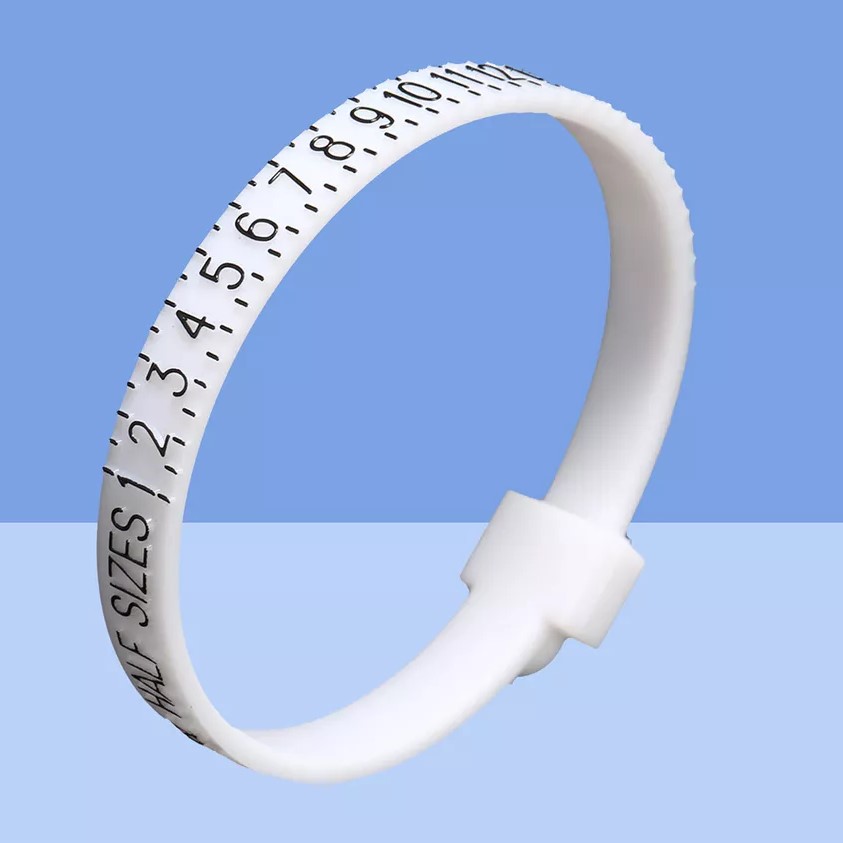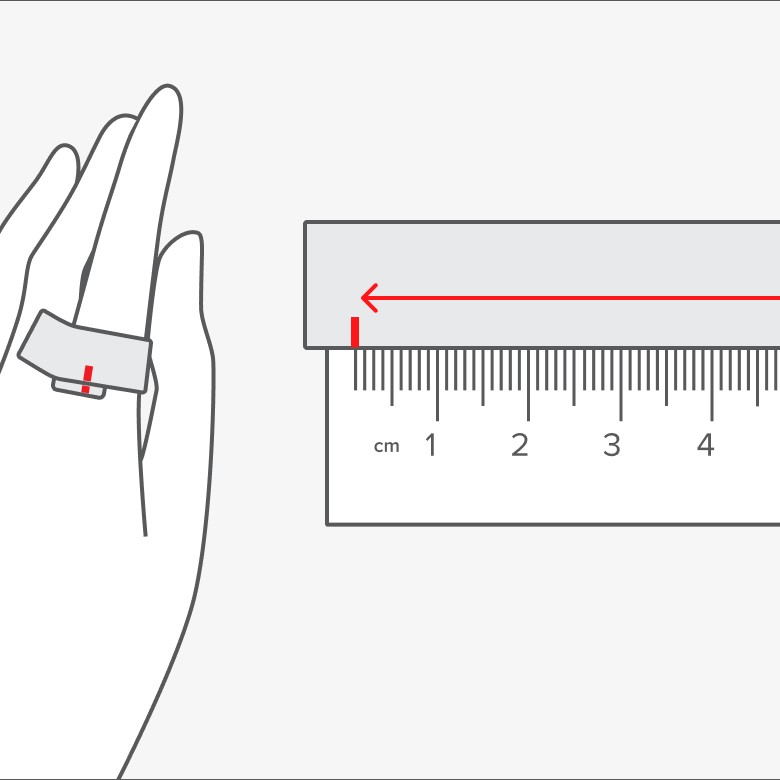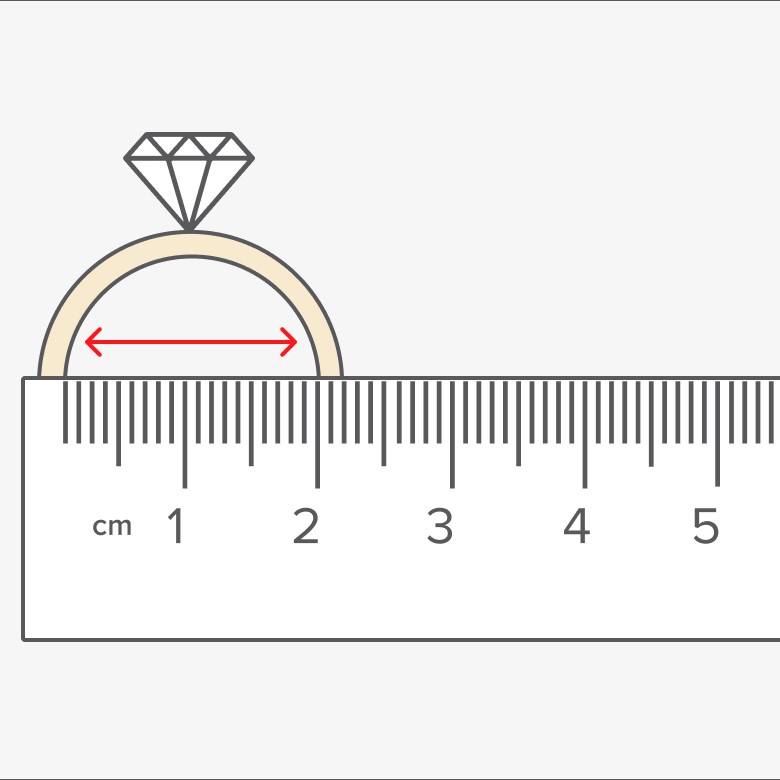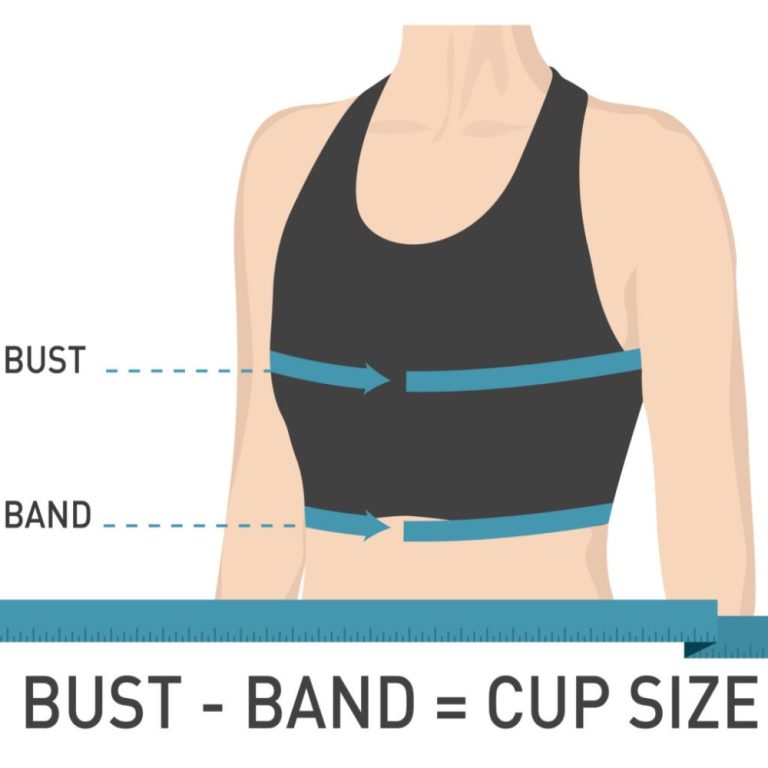
How to Measure Ring Size with Tape Measure? Accurate Sizing
Finding the perfect ring size is essential for comfort and style, whether you’re purchasing a new ring for yourself or selecting a special gift for someone else. Understanding how to measure ring size with tape measure? is a practical and accessible method that ensures accuracy without the need for specialized tools. This guide will walk you through each step, offering detailed instructions and helpful tips to help you achieve precise measurements every time. By following these guidelines, you can confidently determine the correct ring size, avoiding common pitfalls and ensuring a perfect fit.
 Preparing to Measure: Essential Tools and Considerations
Preparing to Measure: Essential Tools and Considerations
Before diving into the measurement process, it’s crucial to gather the necessary tools and prepare appropriately to ensure accurate results.
Choosing the Right Tape Measure
Selecting a flexible, non-stretchable tape measure is essential for precise measurements. A cloth or flexible plastic tape works best, as it can comfortably wrap around your finger without adding extra length. Avoid using metal tape measures, as they can be rigid and difficult to maneuver.
When to Measure Your Finger Size
Timing plays a significant role in obtaining an accurate ring size. It’s best to measure your finger when it’s at its largest, typically in the evening or after physical activity. Factors such as temperature and time of day can affect finger size, so consistency is key for reliable measurements.
Factors Affecting Ring Size
Several factors can influence your finger size, including:
- Temperature: Cold weather can cause fingers to shrink, while warm conditions may cause them to expand.
- Time of Day: Fingers tend to swell throughout the day, reaching their maximum size in the evening.
- Hydration and Health: Staying hydrated and overall health can impact finger size. Avoid measuring when your fingers are cold or swollen from other causes.
By considering these factors, you can ensure that your measurements are as accurate as possible.
Step-by-Step Guide
How to measure ring size with tape measure? Now that you have the right tools and understand the key considerations, let’s walk through the process of measuring your ring size with a tape measure.
Step 1: Wrap the Tape Measure Around Your Finger
Start by wrapping the tape measure around the base of the finger where you intend to wear the ring. Ensure the tape is snug but not too tight, allowing for slight movement without restricting blood flow. The goal is to have the tape fit comfortably without compressing your finger.
Step 2: Mark the Point of Overlap
Once the tape measure is securely in place, mark the point where the end of the tape meets itself. Use a pen or marker to make a small, clear mark. This mark represents the circumference of your finger, which is essential for determining your ring size.
Step 3: Measure the Circumference
Remove the tape measure and lay it flat on a surface. Use a ruler to measure the length up to the mark you made. This measurement in millimeters or inches will be used to calculate your ring size accurately.
Step 4: Convert Circumference to Ring Size
With the circumference measurement in hand, refer to a ring size chart to find your corresponding size. These charts typically list ring sizes alongside their respective circumferences, allowing you to match your measurement easily. Ensure you use the correct chart based on your region, as sizing standards can vary between countries.
 Tips for Accurate Measurement: Enhancing Precision
Tips for Accurate Measurement: Enhancing Precision
Achieving an accurate ring size measurement requires attention to detail and adherence to best practices. Here are some tips to help you enhance the precision of your measurements.
Measure Multiple Times
To ensure accuracy, measure your finger size multiple times throughout the day. This practice accounts for natural fluctuations in finger size due to factors like temperature and activity level. Taking an average of these measurements can provide a more reliable result.
Use a Friend’s Help
Having someone assist you can improve the accuracy of your measurement. A second person can ensure the tape measure is correctly positioned and snug without being too tight. This collaboration reduces the risk of human error and enhances the reliability of your measurement.
Avoid Excessive Tightness
While it might be tempting to wrap the tape measure tightly to get a closer fit, this can lead to incorrect measurements. A ring that is too tight can cause discomfort and restrict blood flow, while one that is too loose may slip off easily. Aim for a comfortable fit that allows for slight movement.
Consider Both Hands
If you plan to wear the ring on a specific hand, measure the corresponding finger on that hand. Finger sizes can differ between hands, so it’s important to measure the exact finger where the ring will be worn. This consideration ensures a proper fit tailored to your specific needs.
Addressing Different Finger Shapes: Adapting Your Measurement Technique
Not all fingers are shaped the same, and different finger profiles can require slight adjustments to your measurement technique. Understanding how to handle various finger shapes can help you achieve a more accurate ring size.
Long and Slender Fingers
For long and slender fingers, ensure the tape measure is wrapped smoothly without twisting. These fingers may require a slightly smaller tape measurement due to their delicate nature. Avoid pressing too tightly, as this can cause the tape to dig into the skin, leading to an inaccurate reading.
Short and Wide Fingers
Shorter and wider fingers might need a slightly larger tape measurement to accommodate their size comfortably. Ensure the tape measure sits evenly around the base of the finger, avoiding any tight spots that could skew the measurement. It may also help to take measurements at multiple points around the finger to capture the widest circumference accurately.
Knuckle Variations
Some fingers have larger knuckles than others, which can affect ring size measurements. If your knuckle is significantly larger than the base of your finger, measure both the knuckle and the base of your finger. This dual measurement ensures the ring will slide over the knuckle easily while fitting snugly at the base.
 Common Mistakes to Avoid: Ensuring Accurate Measurements
Common Mistakes to Avoid: Ensuring Accurate Measurements
Avoiding common mistakes can significantly improve the accuracy of your ring size measurements. Here are some pitfalls to watch out for and how to prevent them.
Measuring When Fingers Are Cold
Cold temperatures can cause your fingers to shrink, leading to a smaller ring size measurement. Ensure you measure your finger when it is at a normal temperature, avoiding times when your fingers may be cold from external factors or recent exposure to cold environments.
Using Non-Flexible Tape Measures
Rigid or non-flexible tape measures can cause inaccurate readings by not fitting smoothly around your finger. Always use a flexible, cloth, or plastic tape measure to ensure it conforms to the shape of your finger without adding extra length.
Forgetting to Average Measurements
Taking only one measurement can result in an inaccurate ring size due to natural fluctuations in finger size. Always measure your finger multiple times and average the results to obtain a more precise measurement.
Ignoring Finger Size Changes
Finger size can change over time due to weight fluctuations, aging, or health conditions. If you’ve previously measured your ring size, consider re-measuring to account for any changes that may have occurred.
Converting Measurements: From Tape Measure to Ring Size
Once you have your finger’s circumference, the next step is to convert this measurement into a standard ring size. Understanding the conversion process is essential for selecting the right ring size, especially when navigating different sizing systems.
Understanding Ring Size Standards
Different regions use various ring size standards, such as the US, UK, European, and Japanese systems. Familiarizing yourself with these standards is crucial, especially if you’re purchasing a ring from an international retailer. Here’s a brief overview of common ring size standards:
- US Ring Sizes: Range from size 3 to size 13, including half and quarter sizes.
- UK Ring Sizes: Use letters from A to Z, with additional subdivisions.
- European Ring Sizes: Typically measured in millimeters, ranging from approximately 40 to 76.
- Japanese Ring Sizes: Often similar to European sizes, based on circumference in millimeters.
Using a Ring Size Conversion Chart
A ring size conversion chart is an invaluable tool for translating your tape measure circumference into a standardized ring size. These charts list the corresponding sizes across different standards, allowing you to find your perfect fit easily. Ensure you reference the correct chart based on the country or retailer you’re purchasing from.
Calculating Ring Size from Circumference
To calculate your ring size from the circumference measurement, follow these steps:
- Measure Circumference: Use the tape measure to determine the circumference of your finger at the base.
- Refer to a Conversion Chart: Locate your circumference measurement on a ring size conversion chart.
- Find Corresponding Size: Identify the ring size that matches your finger’s circumference in the desired sizing standard.
For example, a finger circumference of 57 millimeters typically corresponds to a US size 9, UK size U½, and a European size 18.
Additional Techniques for Confirming Your Ring Size
While measuring with a tape measure is effective, supplementing this method with additional techniques can further ensure accuracy.
Measuring with a Printable Ring Size Chart
Printable ring size charts are available online and can serve as an alternative or supplementary method. By comparing your measured circumference with the chart, you can cross-verify your findings for greater precision.
Using Existing Rings for Comparison
If you have a ring that fits well, you can use it to determine your ring size. Place the ring on a printable ring size chart or measure its inner circumference with a tape measure, then compare it to standard size charts to find your matching size.
Visiting a Professional Jeweler
For the most accurate measurement, consider visiting a professional jeweler. Jewelers have specialized tools and expertise to determine your ring size accurately, ensuring a perfect fit. This option is especially useful if you encounter difficulties with self-measurement or need assistance with tricky finger shapes.
 Maintaining Accurate Measurements Over Time
Maintaining Accurate Measurements Over Time
Ensuring that your ring size remains accurate over time requires regular monitoring and consideration of factors that can influence finger size.
Re-Measure Periodically
Finger sizes can change due to weight gain or loss, hormonal fluctuations, and age-related factors. Re-measure your ring size periodically, especially if you notice changes in your finger size, to ensure your rings continue to fit comfortably.
Store Measurement Records
Keep a record of your ring measurements, including the date and method used. This practice allows you to track any changes over time and provides a reference for future measurements.
Account for Seasonal Variations
Finger sizes can vary with the seasons, often swelling in warmer months and shrinking in colder ones. If possible, aim to measure your ring size during a time when your fingers are typically at their largest to accommodate seasonal variations.
Troubleshooting Measurement Challenges
Occasionally, you might encounter challenges when measuring your ring size with a tape measure. Here’s how to handle common issues effectively.
Dealing with Slippery Fingers
If your fingers are slippery, the tape measure may not stay in place, leading to inaccurate measurements. To prevent this, gently moisten your hand or apply a light lotion to help the tape measure grip your finger better without adding significant moisture that could affect sizing.
Managing Irregularly Shaped Fingers
Irregularly shaped fingers, such as those with bumps or knuckles, can complicate measurements. In such cases, measure both the base and the knuckle separately. Use the larger measurement to ensure the ring can slide over the knuckle comfortably while fitting snugly at the base.
Handling Fluctuating Sizes
If your finger size fluctuates frequently, aim to measure at your finger’s largest possible size. This approach ensures that the ring will fit comfortably even when your finger is at its peak size.
Benefits of Measuring Ring Size with a Tape Measure
Using a tape measure to determine ring size offers several advantages, making it a preferred method for many.
Cost-Effective and Accessible
Tape measures are readily available and inexpensive, making this method accessible to everyone. Unlike professional sizing tools, a tape measure can be used multiple times without additional costs.
Convenient and Private
Measuring ring size with a tape measure can be done privately at home, eliminating the need for a visit to a jeweler. This convenience is especially beneficial for those who prefer discretion when selecting ring sizes.
Quick and Easy
The process is straightforward and can be completed in just a few minutes. With clear instructions and the right tools, you can achieve accurate measurements quickly and efficiently.
 Conclusion: Mastering How to Measure Ring Size with Tape Measure?
Conclusion: Mastering How to Measure Ring Size with Tape Measure?
Understanding how to measure ring size with tape measure? empowers you to find the perfect ring size conveniently and accurately. By following this comprehensive step-by-step guide, you can confidently determine your ring size at home, avoiding common mistakes and ensuring a comfortable fit. Whether you’re selecting a ring for yourself or preparing a surprise for a loved one, mastering this technique is an invaluable skill. Remember to consider finger shape, measure multiple times, and use conversion charts to translate your measurements into standard ring sizes. With these practices, you can enhance your ring-buying experience, ensuring that every ring you wear fits beautifully and comfortably.

